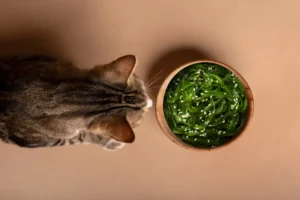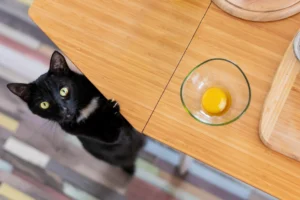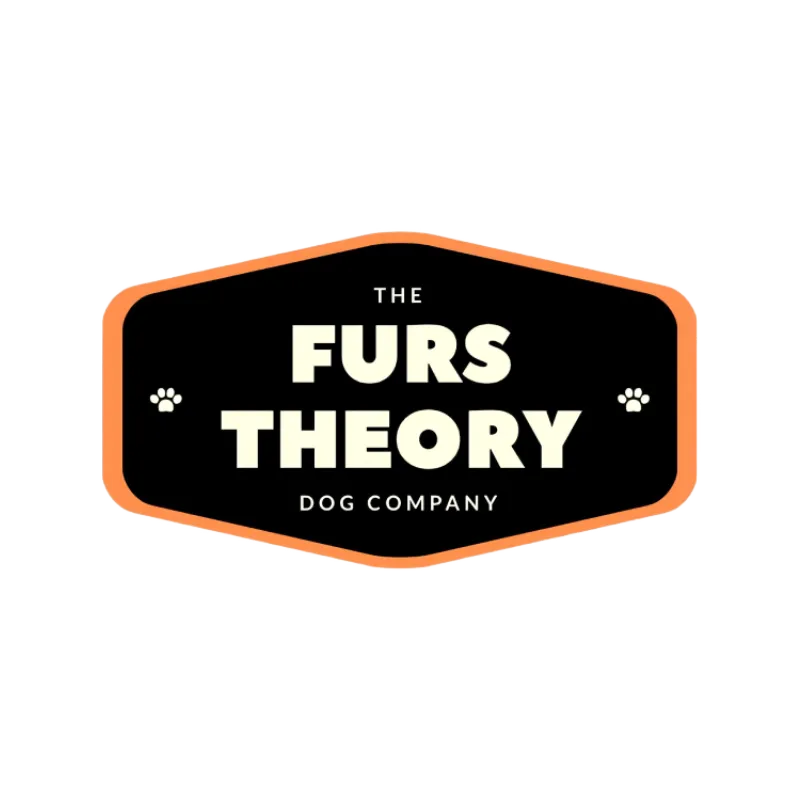Boogers, discharge, gunk, liquid, weird stuff at my dog’s eye, call it what you may but it’s essentially an accumulation of dirt and debris commonly found in the corner of their eyes.
It’s similar to our eye and nose boogers. Our lashes and nose hairs act as the first line of filters from dust and external irritants. An accumulation of the mucous that works to flush these out is what forms boogers.
New to the world of dogs and their eye boogers? Want to know more but don’t know where to start? Fret not. Let the experts at Petchef tell you more about it:
5 Types of Eye Discharge
1. Eye Goop
The appearance of fresh goop would be a thick mucous that becomes crusty over time. It’s produced as a result of your doggo’s tear ducts:
- Keeping their eyes moist and hydrated
- Flushing out debris that’s trapped in the corner of their eyes or under their eyelids
Eye goop is a mixture of dried tears, dead cells, mucous, oil, dust and other debris. You might usually notice them in the morning and they’re easily wiped away with a damp cloth.
Unless your dog’s eyes are red and producing more than usual with some signs of discomfort, it’s nothing you should be worried about.
However, if your dog seems to be crying and tearing up constantly despite all the treats and belly rubs you’ve been giving it, check their eyes again for any signs of dust or other foreign particles. If the problem persists and you have no other options, then you might want to contact your nearest vet for help.
* as a subscriber at Petchef you’ll have a FREE vet nurse available to chat with for advice.
2. Clear and Watery
We get it. Those glistening puppy eyes your doggo pulls when they really want scratchies or a bite of your snack. They’re impossible to resist because puppy eyes are a real dangerous thing.
But so are eye conditions.
Excessive eye watering is known as epiphora and it may lead to your pet’s face being constantly damp or having observable tears rolling off their face as though they’re crying . It can be caused by environmental allergies, blocked tear ducts, foreign material in the eye, corneal wounds or glaucoma.
If the tearing occurs without any other symptoms, simply stay calm and monitor your doggo. Signs that warrants a call to your vet would be:
- Continuous excessive tearing
- Changes in discharge colour
- Eyes becoming red
- Swollen eyes
Speaking of changes in discharge colour,
3. Red / Brown Tear Stains
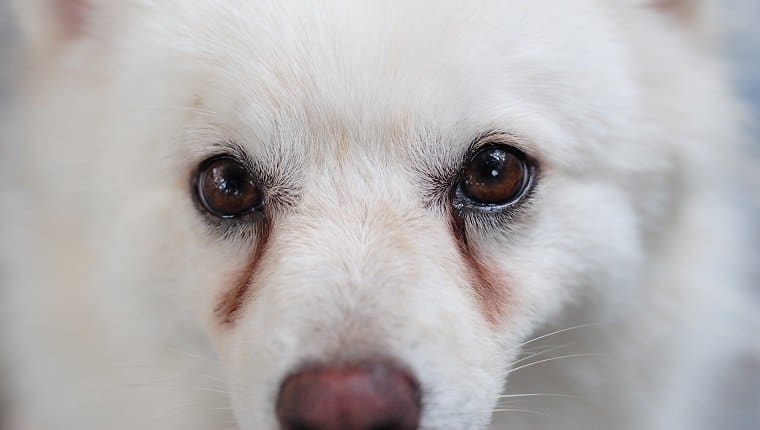
This is commonly observed in light-coloured floofy dogs like the Maltese, Shih Tzu, Poodle, Pekingese, Pug and Samoyed.
Our doggo’s tears actually contain a pigment called porphyrin that turns a reddish-brown color upon prolonged exposure to air.
They’re usually simply a cosmetic problem unless your doggo’s eyes appear to be red and puffy. To remove and manage these stains here are some simple suggestions:
- Routine wiping with warm water, a dog eye wash or contact lens solution a few times a day, around the eyes
- Keeping the fur around the eyes short with cautious trimming
If you're ready to try a Healthy meal plan for your dog, we at Petchef are here to help. We deliver healthy, cooked meals, with no additives or preservatives at all. Nothing but pure meat and vegetables, delivered to your door.
4. White or Gray mucous
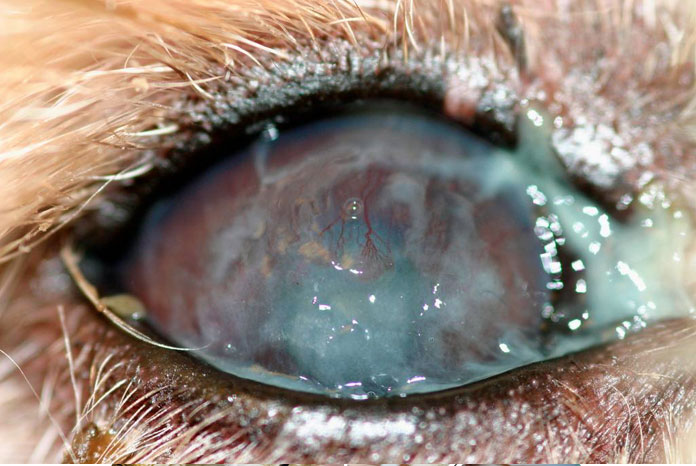
While it may not look like an alarming colour, mucous that’s white or gray should definitely raise some concerns as it is not normal and could be a sign of keratoconjunctivitis (KCS).
Some causes of KCS include congenital, metabolic, infectious, drug-induced, neurogenic, and radiation. However, the immune-mediated disease that damages the aqueous tear producing glands is the most common cause of KCS.
What KCS does to your doggo is cause it’s:
- Immune system to attack the tear producing glands
- Eyes to become dry due to the lack of tear production
- Body to compensate by producing extra mucous
- Lack of moisture in mucous makes doggo’s eyes to become red, swollen and painful
In worst cases, your doggo could develop ulcers or go blind.
Best way to handle this situation is to take your furkid to the vet for a checkup!
5. Yellow or Green Eye Boogers
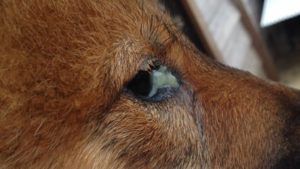
Call it disgusting, but we’re sure we’re well acquainted with the amount and colours of our eye and nose boogers. When we’re having a nose and throat infection, our nose boogers would usually be a greenish yellow colour that gradually transitions to a clear fluid once it clears up.
Similarly to our dogs, yellow or green mucous or discharge could mean that there’s a high possibility of it being an infection. This is not something you should ignore.
Symptoms of an eye infection in your doggo may include:
- Watery or thick mucous discharge
- Redness or swelling of the eyes
- Squinting the eyes
- Excessive blinking
- Light sensitivity
- Discomforts such as pawing at the eye or keeping the eye closed
This infection can be caused by a myriad of things such as bacteria, viruses, fungus, environmental irritants, allergies, injury, parasites and foreign matter.
Should you notice your dog exhibiting any of these symptoms paired with yellow or green discharge, you should probably have them checked by their vet.
-//-
From healthy meals to adequate exercise, we fur parents do try our best to ensure our furkids live a happy and healthy life.
As prevention is always better than cure, keeping an eye on our furkids eye boogers can help us notice when there’s a difference in the amount, colour, and consistency of the boogers.
In short, a gentle wipe with a damp cloth should do the trick in removing regular eye boogers to keep their eyes clean and healthy.
Most pet foods today contain a list of preservatives, additives and other ingredients that give way for pets to develop allergies.
Petchef only cooks healthy meals that contain clean meat and vegetables, no fillers. Check out our Recipes and if you're ready to try, click the button below.





